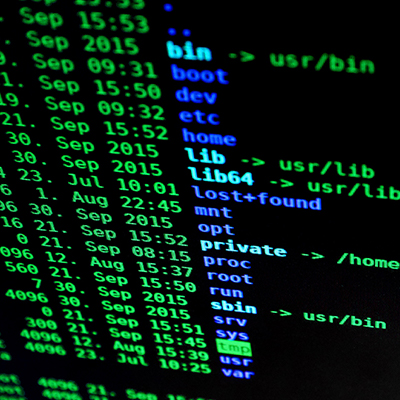
/
All Behaviours > Checking emails for signs of deception
Checking emails for signs of deception
Criminals will often use emails as an attack vector. Unexpected emails should always be checked for malicious characteristics. Malicious characteristics include; unknown links, sender details and attachments, unusual requests, and emotive language.
Why is it important?
Signs of deception can indicate an email is malicious. Emails can contain malware or take people to fake or malicious websites.
Checking an email for suspicious characteristics means harmful actions can be avoided.
Priority Tier
Behaviours in SebDB are ranked by their impact on risk. Tier 1 behaviours have the biggest impact, Tier 4 behaviours the least.
Risk Mitigated

Malware Infection
Malware infections occur when malicious software makes its way on to a device or network.

Account Compromise
Account compromise happens when unauthorised people access them.

Data Theft
Data theft is the intentional stealing of data.
Further reading
https://www.consumer.ftc.gov/articles/how-recognize-and-avoid-phishing-scams https://www.ncsc.gov.uk/guidance/suspicious-email-actions#section_4